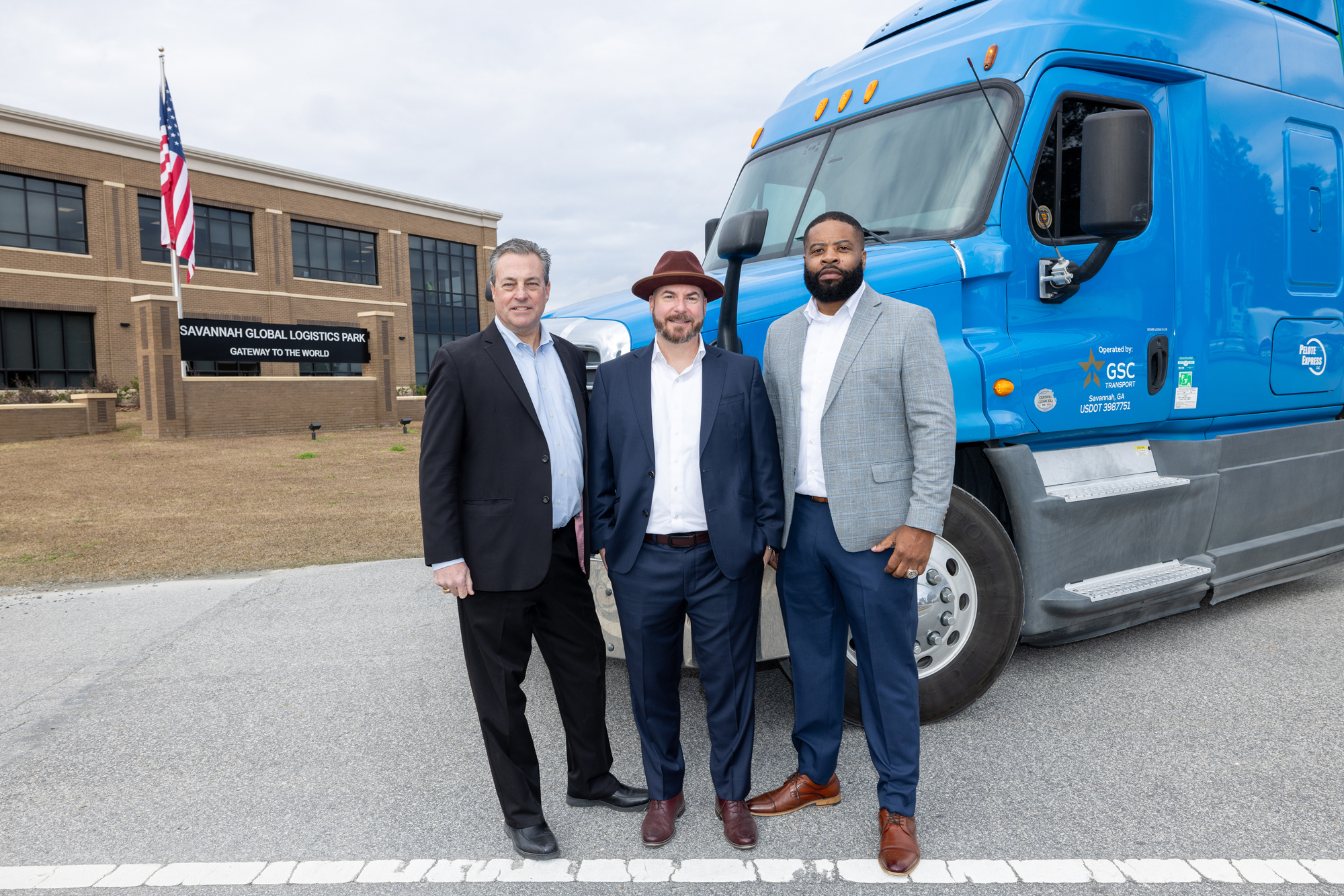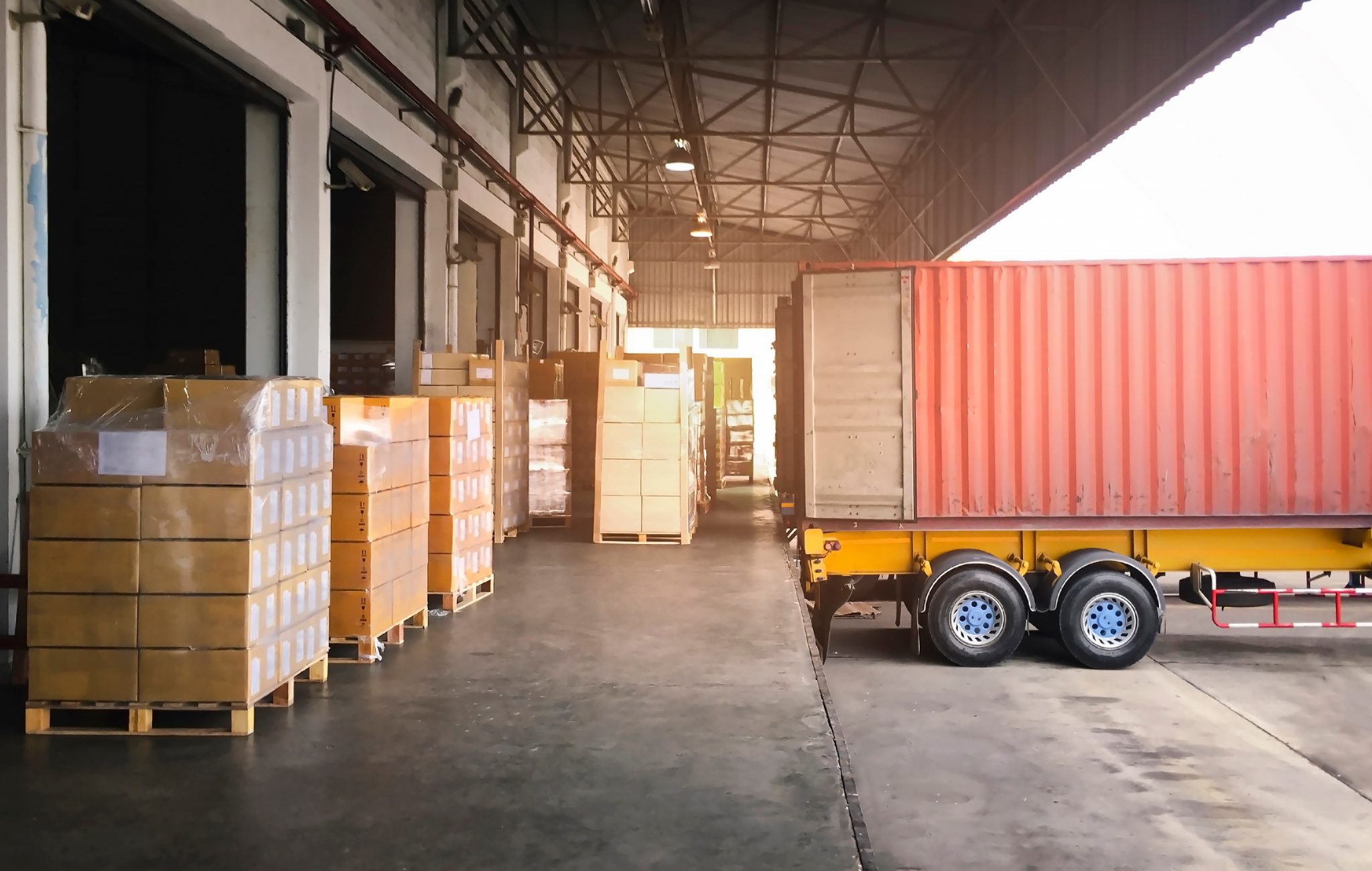David Rainwater:
Hey everybody, David Rainwater and Theresa Neff here with GSC Logistics. Theresa happy blue Friday to you. Oh, I’m sorry Theresa, you know what? That’s a Seattle thing. You’re down in the Bay Area. Don’t worry about that. We got bigger things to cover today though than, you know, a little inter-division rivalry. Much more important things like this peak season that will not go away. Why don’t you catch us up where we are? We told the team that we would get back to everybody and give them an update. So, where are we right now?
Theresa Neff:
David first, let me just put it out there that I am a Broncos fan. So, no offense taken, no rivalry there. But David, the name of the game right now in the supply chain is capacity. We are still experiencing all-time high consumer demand and imports fighting for space. Carriers are looking for alternatives to the L. A. Port again because congestion is building and it looks like they’re beginning to direct capacity to the other western gateways, which is good for us. The ports of L. A. And Long Beach have experienced a drop in the inbound TEUS because warehouses are full and there’s still problems getting, you know, chassis and equipment down there. In Oakland, the vessel bunching is dropping to a new low, which is great news. And, although the calls to the port are down, the volume of the containers is up. That means that we are offloading fewer but larger vessels as they come in. And, in the Northwest where you are we’re still experiencing a capacity shortage on the rail and it looks like shipments are being metered, to go inland, so they’re not inflicting more congestion in the Midwest.
David Rainwater:
Well, folks, it may not be what you wanted to hear, but as promised, we wanted to give you an update of what’s going on in this peak season. That will just not go away. Thank you again. And we look forward to sharing more with you in the future.
Take care.



